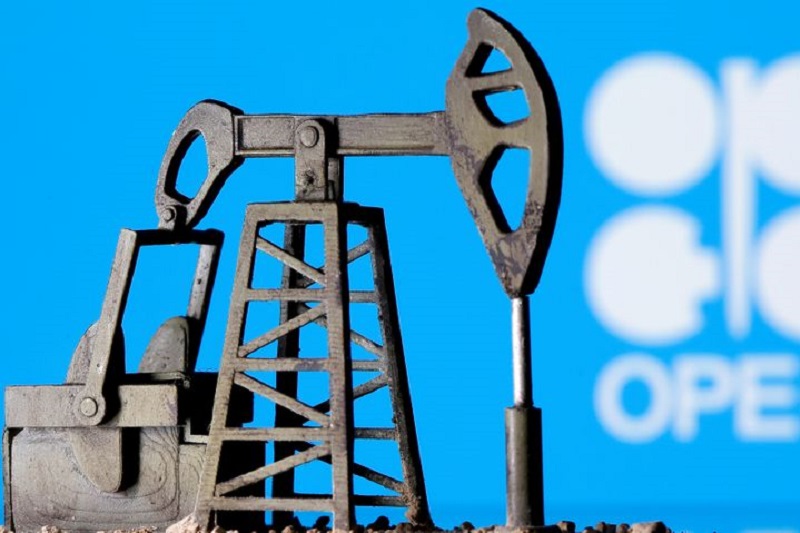Investing.com — Oil prices rose in Asian trade on Friday as markets cheered the approval of a bill to raise the U.S. debt ceiling and avoid a default, although uncertainty ahead of an OPEC meeting over the weekend kept gains in check.
The U.S. Senate voted in favor of a bipartisan bill to increase the government spending limit and stave off a potentially devastating default. The bill is now set to be signed into law by President Joe Biden, putting to rest a key source of anxiety for markets.
futures rose 0.6% to $74.73 a barrel, while futures rose 0.6% to $70.53 a barrel by 00:16 ET (04:16 GMT).
But uncertainty over the Organization of Petroleum Exporting Countries and allies (OPEC+) plans for future production cuts limited bigger gains, ahead of a this Sunday.
Saudi Arabian and Russian ministers offered mixed signals on plans to trim production ahead of the meeting, following a surprise supply cut in April.
But given that crude demand may sour further this year as global economic conditions deteriorate, the cartel may be pushed into trimming production again to support oil prices.
Crude prices were still set to end the week about 3% lower, following a slew of weak economic readings.
from China showed earlier this week that the country’s manufacturing sector shrank further in May as a post-COVID economic rebound ran out of steam. While a still pointed to some resilience in the sector, overall economic activity in the country appeared to be struggling.
This saw markets question expectations that a recovery in China will drive oil demand to record highs this year.
U.S. also unexpectedly grew over the past week, pointing to a high level of supply and softening demand even as the travel-heavy summer season kicks off.
Focus is now squarely on data due later in the day, which is expected to provide more cues on how the Fed plans to treat interest rates during an upcoming meeting this month.
The data also comes after a string of weak manufacturing and labor market readings this week, which saw investors on more rate hikes in June. But given that nonfarm payrolls have beat consensus for 13 of the past 12 months, markets remained on edge.
Rising interest rates push up the , which in turn pressures crude markets by weighing on international demand.
Read the full article here
